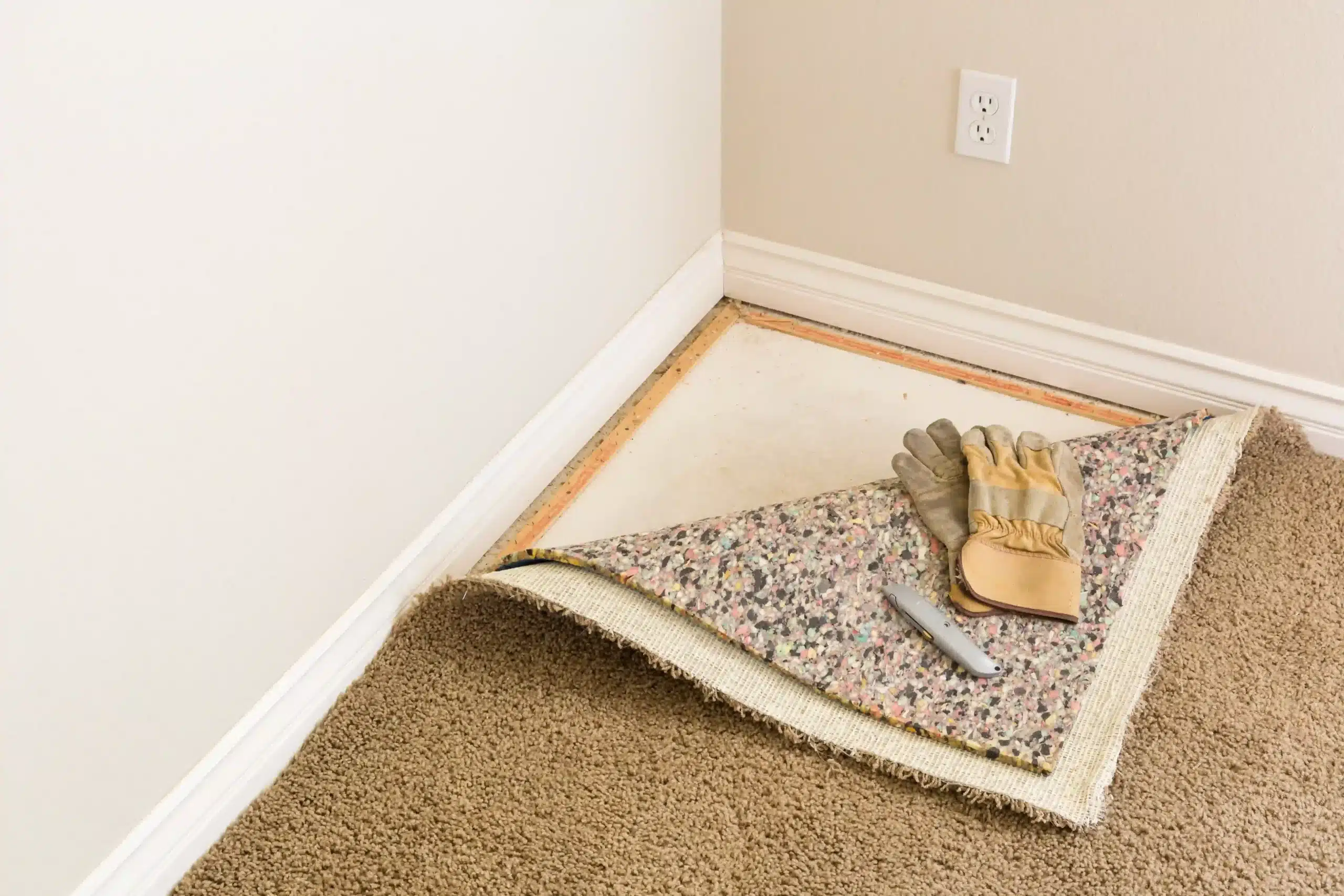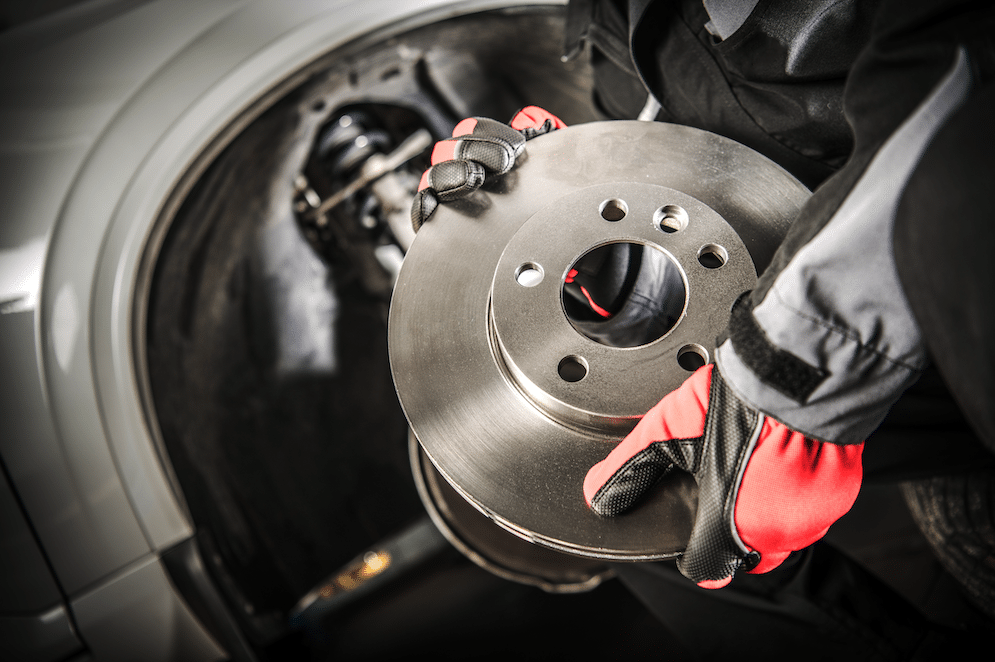Your car’s cooling system works hard to keep your engine at the right temperature. When you have a coolant leak, it can cause serious problems. The good news is that knowing the signs of a coolant leak means you can take action before damage occurs.
What Is Coolant and Why Does It Matter?
Coolant (also called antifreeze) is a special liquid that flows through your engine to stop it from overheating. It absorbs heat from the engine and carries it to the radiator, where it cools down before circulating back through the system.
Without enough coolant, your engine can overheat in just a few minutes. This can lead to:
- Warped cylinder heads
- Damaged head gaskets
- Complete engine failure
- Expensive repair bills
That’s why catching a coolant leak early is so important.
Common Signs of a Coolant Leak
1. Puddles Under Your Car
One of the easiest common signs to spot is a puddle underneath your parked car. Coolant comes in different colours – usually bright green, pink, orange, or yellow. It has a slightly sweet smell and feels slippery between your fingers.
If you notice coloured liquid pooling under your car, especially near the front, your car has a coolant leak.
2. Engine Temperature Warning Light
Your dashboard has a temperature gauge or warning light that alerts you when the engine temperature gets too hot. If this light comes on, it could mean your coolant levels are low due to a leak.
Never ignore this warning. Pull over safely and let the engine cool down before checking your coolant.
3. Low Coolant Levels
Most cars have a coolant reservoir tank under the bonnet. It’s usually white or translucent with “MIN” and “MAX” markings. Checking your coolant regularly is important – if the level drops below the minimum line often, you’ve got a leak somewhere.
4. Sweet Smell Inside the Car
If you smell something sweet while driving, coolant might be leaking onto hot engine parts and evaporating. This smell often comes through the air vents.
5. White Steam from the Bonnet
Steam rising from under the bonnet is a clear sign of overheating. This often happens when coolant leaks out and the engine temperature spikes.
Where Do Engine Coolant Leaks Come From?
Coolant can leak from several places in your car’s coolant system:
| Component | Why It Leaks | How to Spot It |
|---|---|---|
| Radiator | Corrosion, physical damage, or age | Green, pink, or orange puddle at the front of the car |
| Radiator Hoses | Cracks, splits, or loose connections | Visible cracks or wetness around rubber hoses |
| Water Pump | Worn seal or damaged bearing | Leak near the centre/side of the engine |
| Head Gasket | Engine overheating or general wear and tear | White smoke from exhaust, milky oil |
| Heater Core | Corrosion or age | Sweet smell inside car, wet passenger footwell |
| Radiator Cap | Faulty seal or worn spring | Coolant spraying or leaking from cap area |
| Expansion Tank | Cracks from age or heat | Visible cracks in the plastic reservoir |
What to Do If You Find a Coolant Leak
Step 1: Stop Driving
If your temperature warning light comes on or you see steam from the bonnet, pull over safely and turn off the engine immediately. Continuing to drive with an overheating engine can cause permanent damage.
Step 2: Let the Engine Cool
Never open the coolant cap when the engine is hot. The system is under pressure, and hot coolant can spray out and cause serious burns. Wait at least 30 minutes for everything to cool down.
Step 3: Check the Coolant Level
Once cool, carefully open the bonnet and locate the coolant reservoir. Check if the level is below the minimum mark. If it’s very low or empty, you’ll need to add coolant before driving.
Step 4: Add Coolant (If Safe to Do So)
If you need to top up and you have the right type of coolant:
- Mix coolant with water according to the bottle instructions (usually 50/50)
- Slowly pour it into the reservoir up to the maximum mark
- Replace the cap securely
If you don’t have coolant, you can use water as a temporary measure to get to a garage, but don’t make this a permanent solution. Remember, this doesn’t fix a coolant leak – it’s just a temporary top-up.
Step 5: Get Professional Coolant Leak Repair
Even if you’ve topped up the coolant, you still need to fix a coolant leak properly. Coolant doesn’t just disappear on its own. Professional car diagnostics can identify exactly where the leak is coming from.
A mechanic will:
- Pressure test the coolant system
- Inspect all radiator hoses, connections, and components
- Check for internal leaks (like head gasket problems)
- Repair or replace damaged parts
Can You Drive with a Coolant Leak?
The short answer is no, not safely. Even a small leak can quickly become a big problem. Here’s why:
Minor leaks might let you drive short distances if you keep topping up the coolant, but this isn’t a solution. You’re risking engine damage every time you drive.
Major leaks make driving impossible. Your engine will overheat within minutes, potentially causing thousands of pounds in damage.
The safest option is always to get the leak fixed before driving any significant distance.
How Much Does It Cost to Fix a Coolant Leak?
The cost depends entirely on where the leak is. Catching problems early can save you from a costly repair:
- Radiator hose replacement: £50-£150
- Radiator repair: £150-£400
- Water pump replacement: £200-£500
- Head gasket replacement: £500-£1,500+
Small leaks caught early are much cheaper to repair than major problems caused by driving with low coolant levels.
MOT and Coolant Leaks
According to the MOT inspection manual, coolant leaks themselves won’t automatically fail your MOT. However, if the leak is excessive or creates a large puddle, your vehicle could fail.
More importantly, problems caused by coolant leaks, such as overheating, damaged engines, or faulty hoses can definitely cause an MOT failure.
Getting professional car diagnostics before your MOT is due can help you avoid any nasty surprises.
Preventing Coolant Leaks
While you can’t prevent all leaks, regular maintenance helps catch problems caused by general wear and tear:
- Check coolant levels monthly – takes just two minutes
- Service your cooling system regularly – mechanics inspect for problems during services
- Replace old radiator hoses – rubber perishes over time, usually after 5-7 years
- Use the right type of coolant – mixing different types can cause corrosion
- Watch for warning lights – don’t ignore temperature warnings
When to Call First Auto Centre
If you’ve noticed any signs of a coolant leak, don’t wait for the problem to get worse. Our experienced mechanics in East Ham can:
- Diagnose the exact source of your engine coolant leak
- Provide honest advice about necessary repairs
- Fix a coolant leak using quality parts
- Get you back on the road safely
Coolant leaks won’t fix themselves, and ignoring them only leads to bigger repair bills. Whether it’s a small leak in your radiator hoses or something more serious, we’ll sort it out quickly and fairly.
Contact First Auto Centre today at our Lawrence Road location in East Ham, or book your vehicle in for a thorough inspection. Your engine will thank you for it.
Remember: A small coolant leak today can become an expensive engine repair tomorrow. Stay safe and get it checked as soon as you spot the signs.








